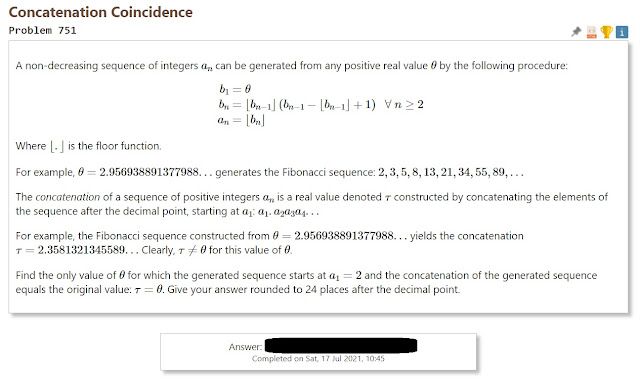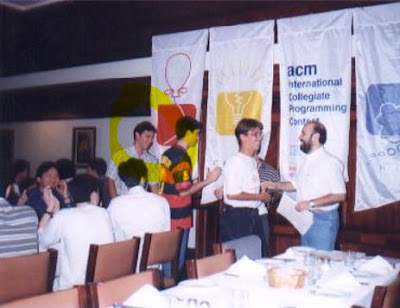Bijective Mapping
This was an interesting backtracking problem from Leetcode: Word Pattern II - LeetCode 291. Word Pattern II Medium 571 41 Add to List Share Given a pattern and a string s , return true if s matches the pattern . A string s matches a pattern if there is some bijective mapping of single characters to strings such that if each character in pattern is replaced by the string it maps to, then the resulting string is s . A bijective mapping means that no two characters map to the same string, and no character maps to two different strings. Example 1: Input: pattern = "abab", s = "redblueredblue" Output: true Explanation: One possible mapping is as follows: 'a' -> "red" 'b' -> "blue" Example 2: Input: pattern = "aaaa", s = "asdasdasdasd" Output: true Explanation: One possible mapping is as follows: 'a' -> "asd" Example 3: Input: pattern = "abab", s =

